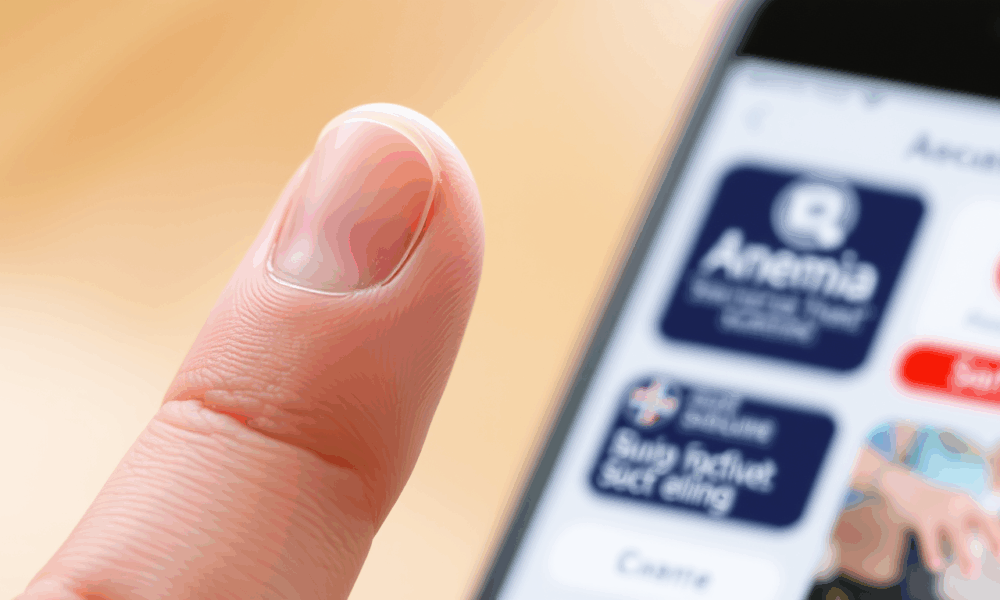


A groundbreaking new study introduces an AI-powered smartphone app that noninvasively screens for anemia using a photo of a user's fingernail. The study shows the app...
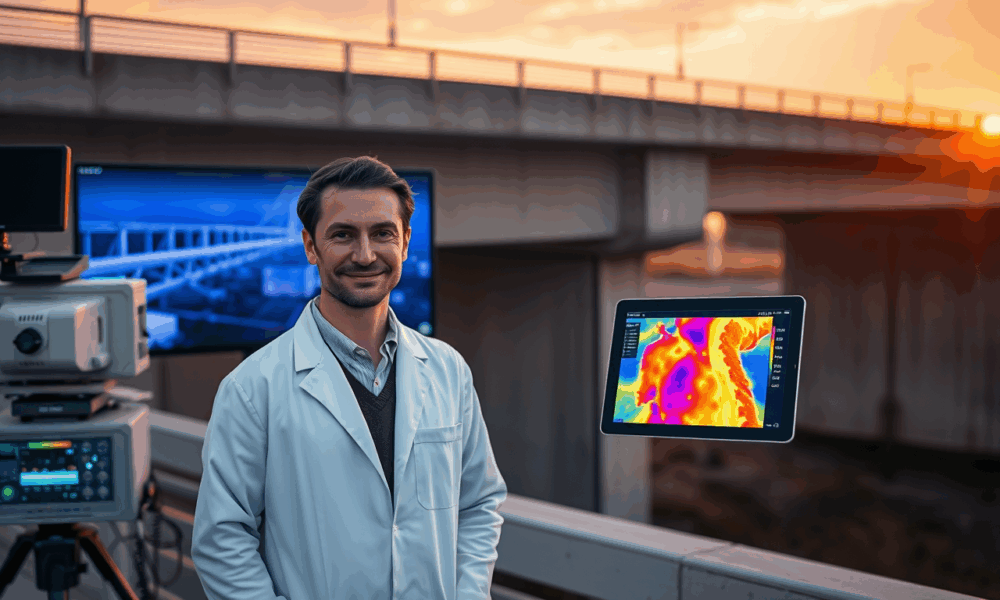
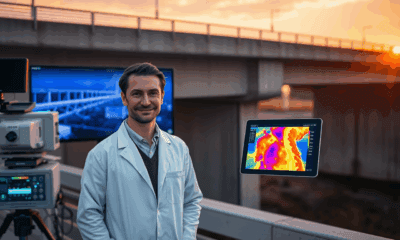

New research details how infrared thermography, high-definition imaging and neural network analysis can combine to make concrete bridge inspections more efficient. Researchers are hopeful that their...



Researchers have found a way to observe clotting activity in blood as it happens -- without needing invasive procedures. Using a new type of microscope and...
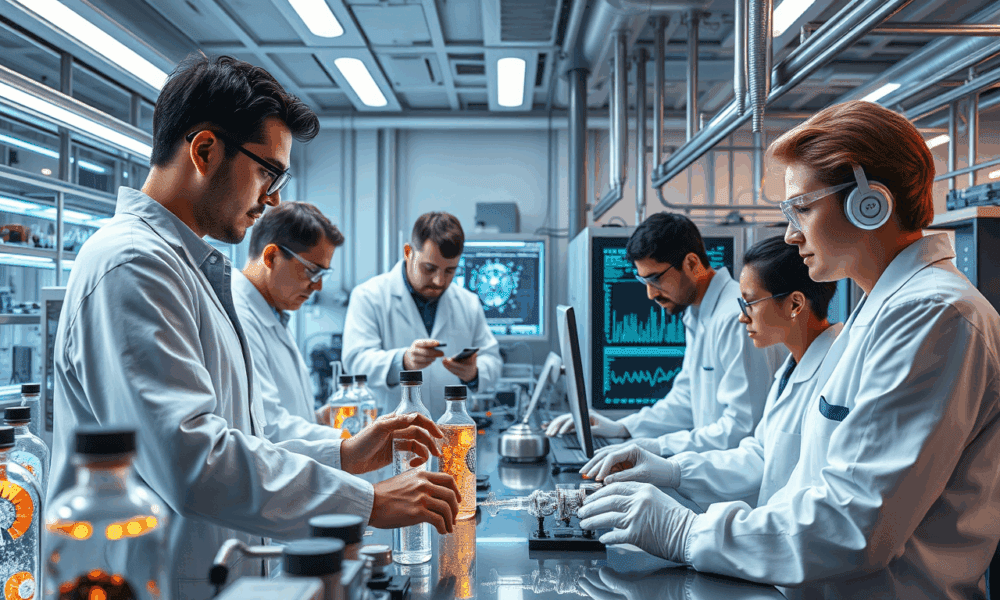
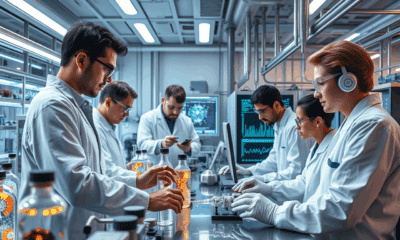

Found in knee replacements and bone plates, aircraft components, and catalytic converters, the exceptionally strong metals known as multiple principal element alloys (MPEA) are about to...



Location data is considered particularly sensitive -- its misuse can have serious consequences. Researchers have now developed a method that allows individuals to cryptographically prove their...



Molecules like DNA are capable of storing large amounts of data without requiring an energy source, but accessing this molecular data is expensive and time consuming....
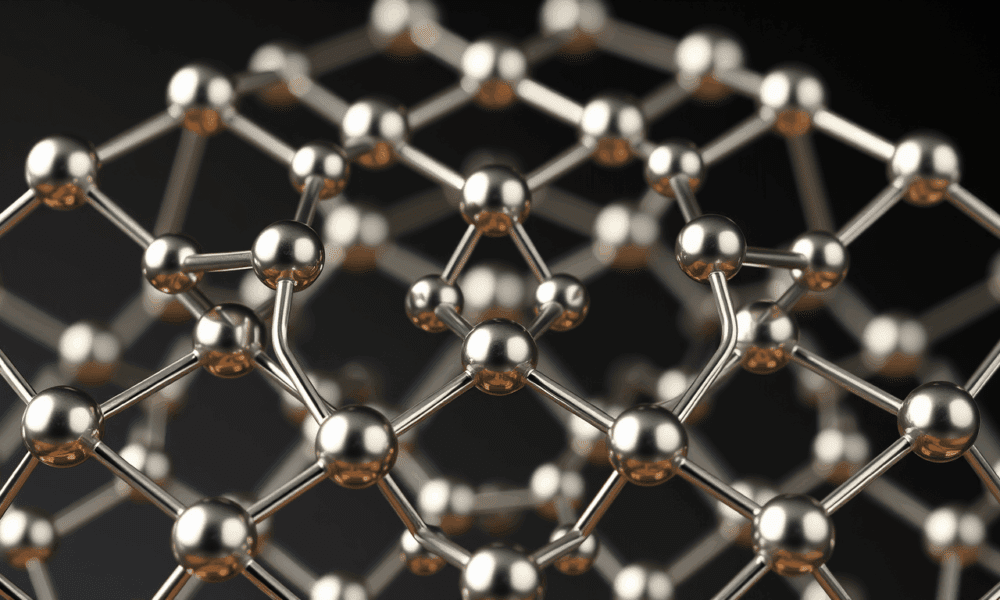
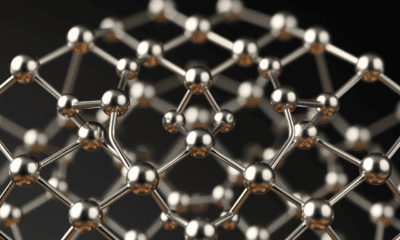

A surprising connection has been found, between two seemingly very different classes of superconductors. In a new material, atoms are distributed irregularly, but still manage to...
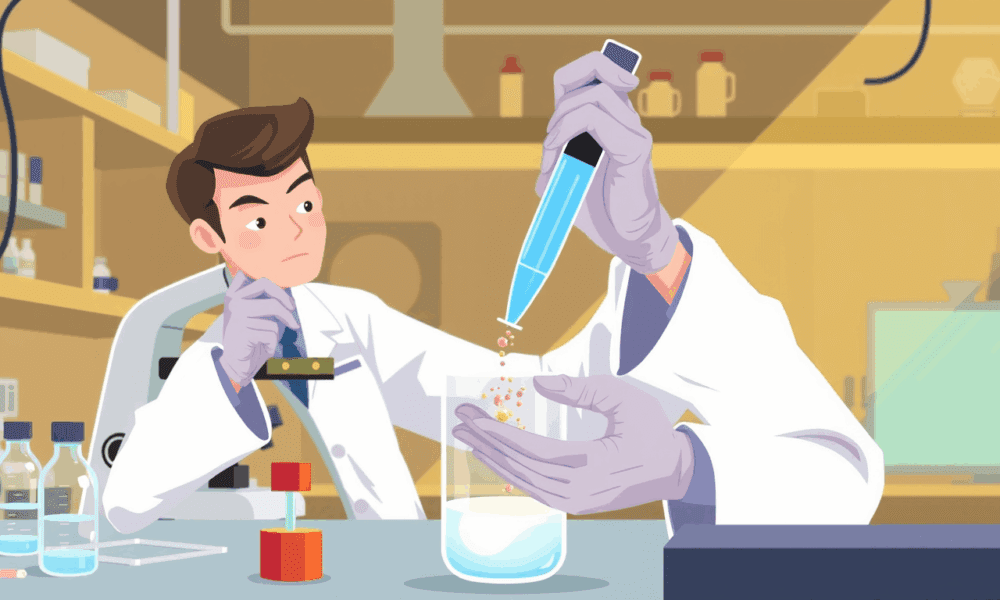
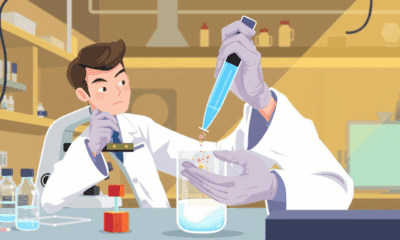

Researchers have developed a simple method to explore a complex area of quantum science. The discovery makes research in this field cheaper and more accessible, which...



The connection between a crumpled sheet of paper and quantum technology: A research team at the EPFL in Lausanne (Switzerland) and the University of Konstanz (Germany)...



New research shows that cyberbullying should be classified as an adverse childhood experience due to its strong link to trauma. Even subtle forms -- like exclusion...